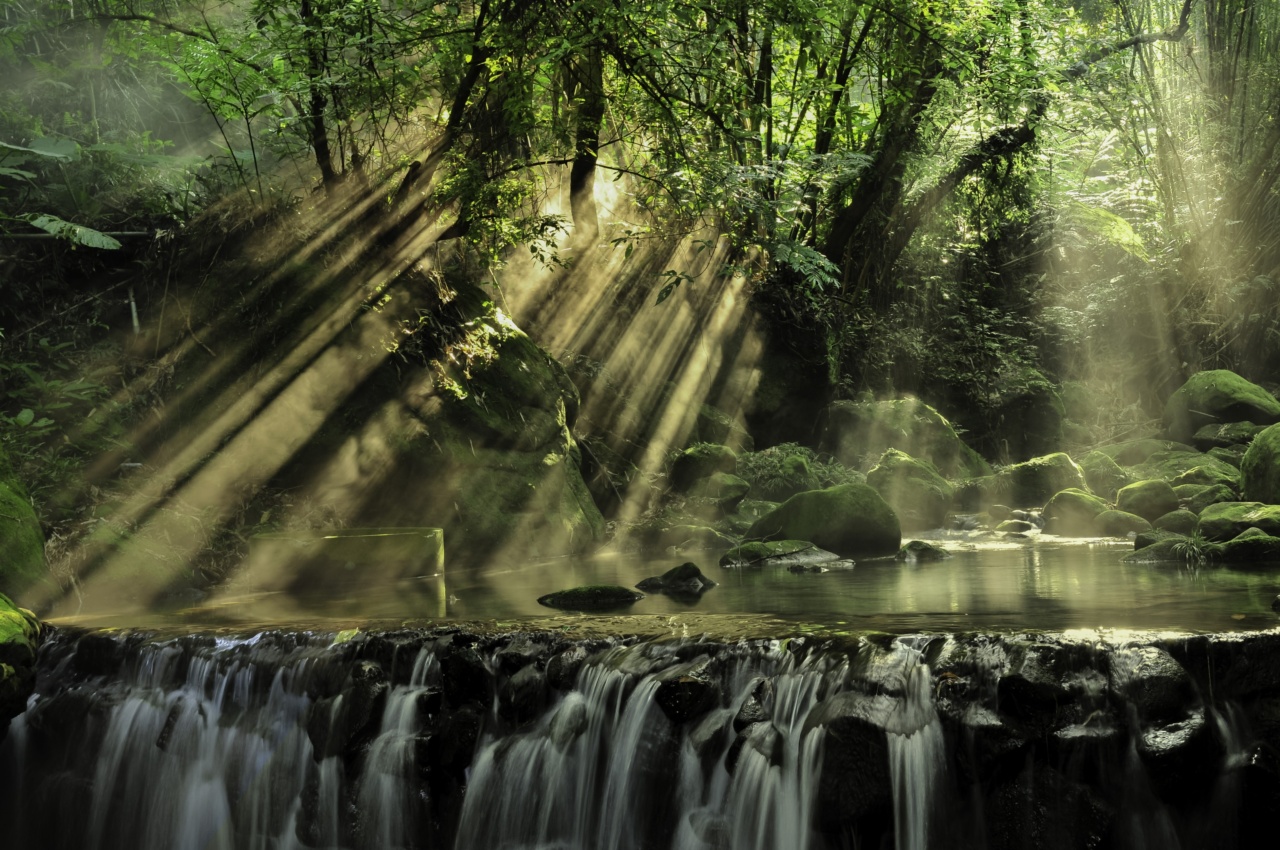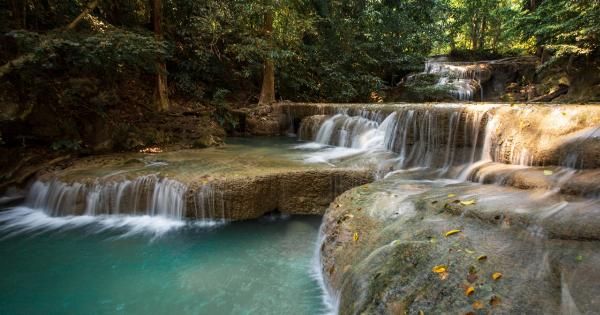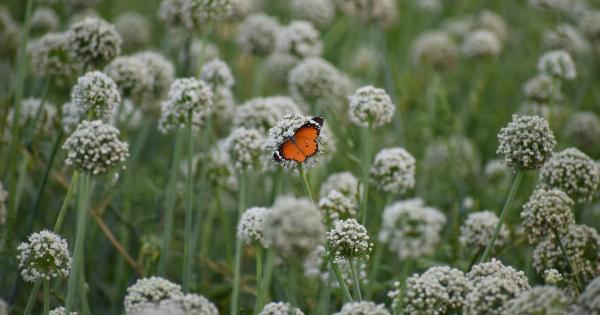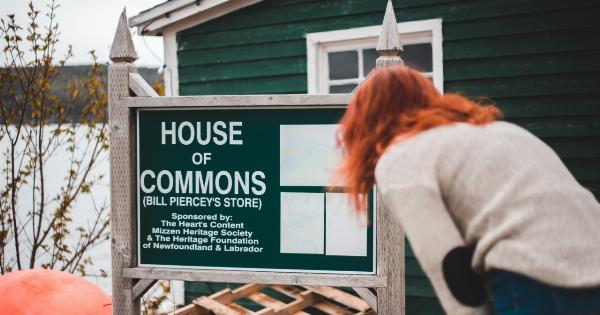Waterfalls are stunning natural features that attract millions of visitors each year. The majestic sight and soothing sound of cascading water mesmerize people all around the world.
While waterfalls exhibit beauty and tranquility, they also pose various risks and dangers.
For this reason, interventions in the form of safety measures, conservation efforts, and sustainable management are crucial to ensure the preservation of waterfalls and the safety of both visitors and the ecosystem surrounding these captivating creations of nature.
1. Safety Measures
The safety of visitors who flock to waterfalls is of utmost importance. Unpredictable and swiftly flowing water can result in accidents and even fatalities. Therefore, appropriate safety measures must be in place to minimize these risks.
2. Signage and Warnings
Clear and visible signage and warnings play a vital role in keeping visitors safe at waterfalls.
Signboards indicating designated swimming areas, danger zones, and the importance of following safety guidelines can help prevent accidents and educate visitors about potential risks.
3. Protective Barriers
In some cases, it may be necessary to install protective barriers or fences to prevent visitors from getting too close to the edge of the waterfall.
This ensures that people maintain a safe distance and reduces the likelihood of falls or other accidents.
4. Lifeguards and Safety Personnel
Having trained lifeguards and safety personnel at waterfalls can be instrumental in providing immediate assistance in case of emergencies.
Their presence can help prevent accidents from escalating and ensure the safety of visitors who may be unaware of the risks associated with water activities.
5. Conservation Efforts
Preserving the natural beauty of waterfalls is crucial not only for their aesthetic appeal but also for the overall health of the ecosystem they support.
Implementing conservation efforts is essential to maintain the balance of the surrounding environment.
6. Anti-Pollution Measures
Water pollution can not only deteriorate the visual appeal of waterfalls but also harm the plants, animals, and organisms that rely on these water bodies.
Strict regulations to prevent pollution from nearby industries, waste disposal, and other sources should be enforced to protect the fragile ecosystems surrounding waterfalls.
7. Erosion Control
Continuous foot traffic around waterfalls can lead to soil erosion and destabilize the surrounding area.
Constructing walkways and designated paths can divert foot traffic and avoid excessive erosion, ensuring the longevity of waterfalls and their adjacent habitats.
8. Biodiversity Conservation
Many waterfalls are home to diverse plant and animal species that rely on the unique habitats provided by the flowing water.
Efforts should be made to protect these ecosystems, including establishing protected areas and regulating activities that might disrupt the natural balance of the environment.
9. Sustainable Tourism
Waterfall tourism can provide economic benefits to local communities, but it should be done in a sustainable and responsible manner.
Implementing visitor quotas, regulating visitor activities, and promoting eco-friendly practices are essential for preserving the environment while still allowing people to enjoy these natural wonders.
10. Research and Monitoring
Continual research and monitoring of waterfalls and their associated ecosystems are essential to understand the impact of human activities and climate change.
By identifying and addressing potential threats promptly, interventions can be tailored to specific needs, ensuring the long-term preservation of waterfalls.





























